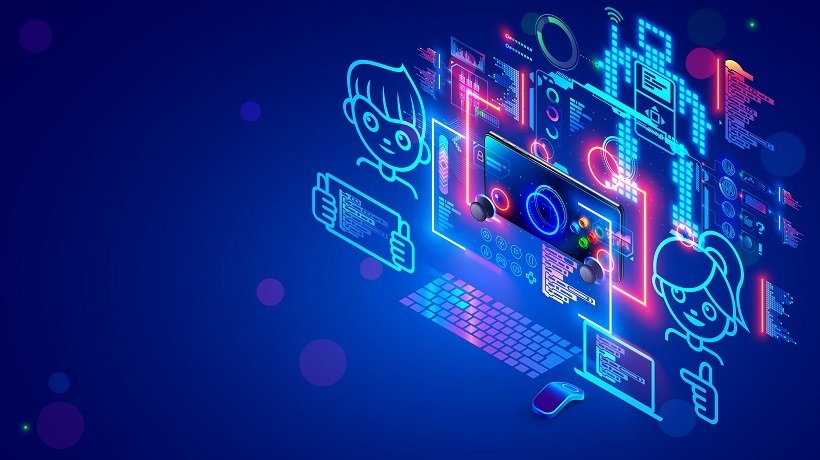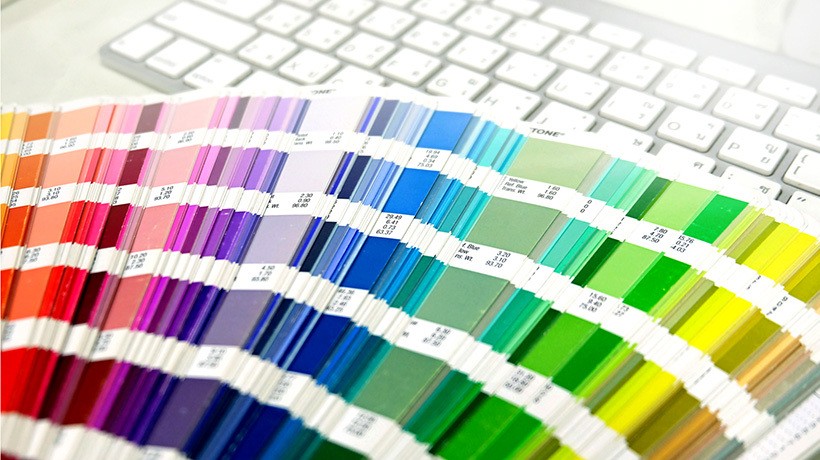How eLearning Coding Courses Can Help Designers
You have a great graphic design team, but perhaps you sense that there is something more that can be gained or drawn out of your team’s wonderful creativity. While graphic designers certainly don’t need to know coding to build a beautiful website—especially with all the website-building software nowadays—being able to truly stand out amongst your competitors usually requires that little bit of something extra. An eLearning coding course for your graphic design team may be the answer. The following are some reasons why an eLearning course in coding might be able to help your graphic design team.
Reasons Why Your Graphic Design Team Need To Take An eLearning Coding Course
1. Design And Development
There is hardly a respectable company nowadays that operates without a website. Being that most companies have website design and development needs, a team that understands both sides of the equation involved in producing a final product is a great example of teamwork. Designers and developers tend to see things a bit differently—this is, at the very least, in part to the fact that their crafts require them to speak different "languages." The broader vision encompassed in the visual presentation of design is what will catch a client's (and their customer's) attention, but the ease of navigation and usability of a website is vital to that continued engagement. No one will want to stay long on a website that is clunky and cumbersome to navigate.
A team member or a team that understands how to blend both aspects of this creative process can help to ensure that both the usability of a product and the virtual engagement harmonize beautifully with each other. Those team members that understand the basics of languages like HTML and CSS are better equipped to communicate cross-departmentally. Seeing things from both sides of production can streamline development.
2. Adding Realistic Parameters
There is a great idea on the table and an important client to impress. You and your team are motivated and want to do another great job. The idea, though visually stunning because it utilizes techniques like motion graphics, is newer and, thus, somewhat unexplored territory for development. That's where having developers that understand coding can help to bring in realistic parameters. While the initial idea is stunning, it may not actually be deliverable.
Being able to see this from the outset, before investing time, money, and resources into a project that you're all excited about, will help to offset those potentially lost costs. On the other hand, seeing those realistic parameters gives people the insight and potential to be more imaginative. This ingenuity unleashed, and given free rein to explore design and development possibilities, will certainly cause your team and products to stand apart from the competition.
3. Control Over The Creative Process
Designers have a lot of responsibility when it comes to seeing that a beautifully engaging product can be executed according to a client's specifications. As a boss or team leader, understanding the translation from visual representation into that ease of experience is important to delivering well. Those who hold a vision often have a hard time witnessing the ideas in their heads actually come to life, and that usually comes down to miscommunication due to mistranslation.
A team that understands this can compensate and even avoid it, controlling more for the inevitable hiccups that will occur along the way. This two-sided knowledge helps errors to be spotted ahead of time, leading to a reduction in the time spent on projects. Being able to deliver a project well ahead of the deadline not only makes you more money but also makes the client happier. People go back to the same brands for a reason.
4. On Track And On Budget
Companies vary greatly in size, the number of people employed being one of the clearest indicators of this. Depending on the size of the company you and your team work for, you all may be limited in what projects and tasks you can take on to still be able to deliver in a timely manner. This tends to come down to not just the number of people on the team but the skill sets they possess.
If your team is small, and there is a new project on the table that is just out of reach of the current skill set available, you may have to hire externally. While there is nothing wrong with this, it can be very time-consuming and costly to search for someone to bring in—let alone someone you can be sure will help get the job done. However, with a team that understands and maintains a level of knowledge that encompasses a portion of the skills and experience needed to complete those projects, you won't have to go out of your way to find that help. Suddenly, rather than waiting around for an outside developer to come in and fix the mistake that no one else seems to have a handle on, you will all be able to fix the problem as it emerges.
Conclusion
So, why should designers learn to code? The greater the pool of skill sets and knowledge gleaned from an eLearning course in coding will have nothing but a positive effect on your design team. A team with more tools and experience will mean that you feel more prepared to deliver that high-quality project for your clients. This makes your company more respected and thus, potentially, in greater demand. Projects and profits will soar.








